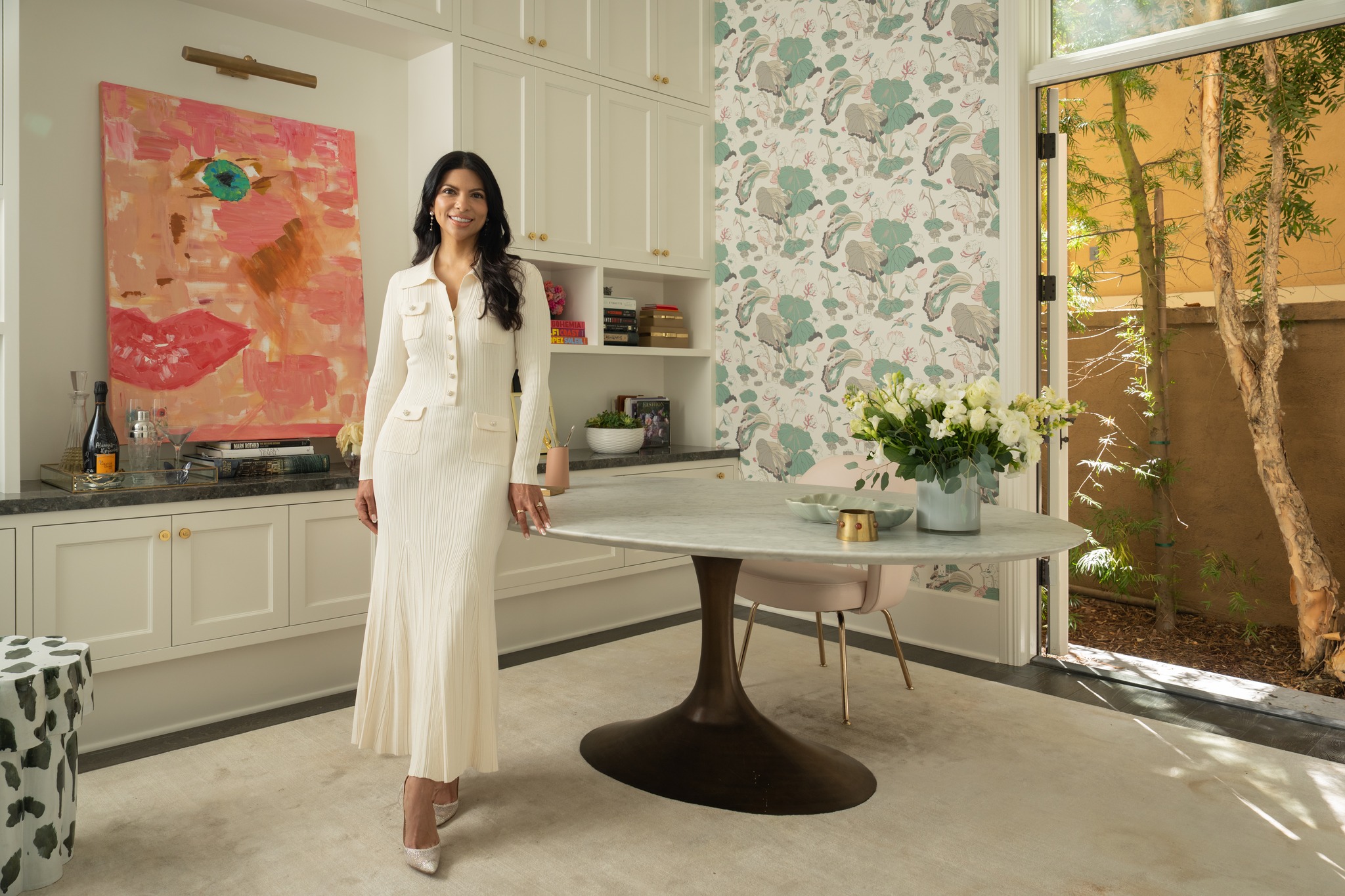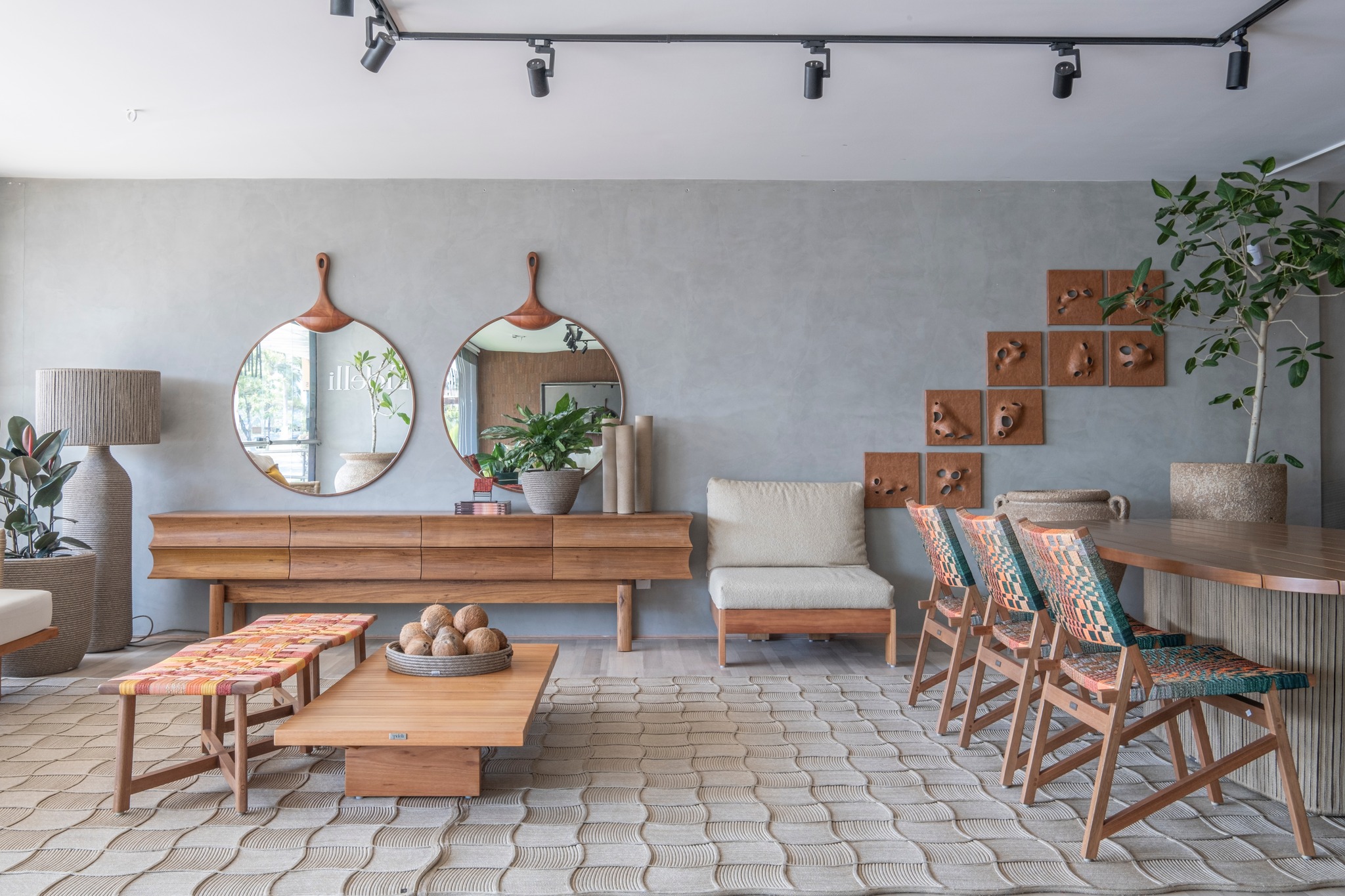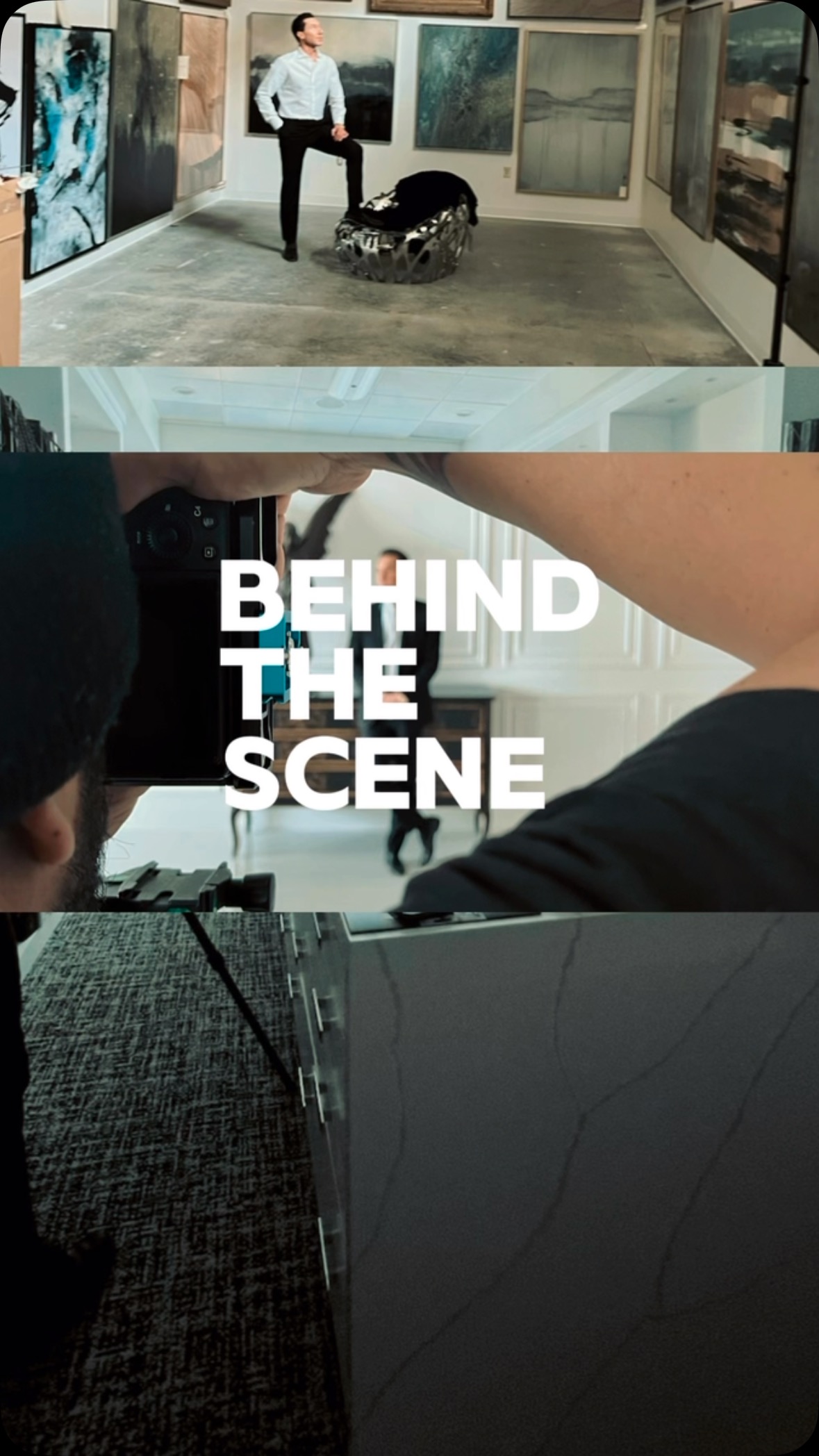What are the most important buildings in Orange County—the most architecturally significant, the most beautiful? What built spaces and public places make us unique?
These are the questions Blue Door Magazine will address (with the aid of experts, architects, authors, and our members) in coming months as we explore Iconic OC.
Photos by Marvin Rand | Drawings by Stanley A. Westfall | Photos and architectural drawings from Historic American Buildings Survey, 1968
Designed by Rudolph Schindler and completed in 1926, the Lovell Beach House is considered by architects and academics to be the first truly modern home, and a timeless study in how to define domestic space in wood and concrete.
“Schindler’s design is particularly amazing for having been built in 1926,” says Laguna Beach architect Anders Lasater. “Designed as a series of cast-in-place concrete frames that support the main living areas a full two stories above the street, the house is perfectly designed to capture the California sun, the Pacific breeze, and the tremendous horizon view that stretches along the glistening strand.”
It was built for Dr. Philip Lovell, a physician, a healthy living advocate, and an influential columnist for the L.A. Times. While now in a bustling center of the Balboa Peninsula, when the home was completed in 1926, it stood alone on the sand. In fact, Dr. Lovell was thought eccentric to want to live directly on the beach.
The photographs and drawings in this story are from The Historic American Buildings Survey (HABS), established in 1933 to create a public archive of America’s architectural heritage. HABS was just one of many cultural New Deal programs initiated during President Franklin D. Roosevelt’s administration that offered relief to the unemployed during the Great Depression while at the same time enriching American life both materially and culturally. Within weeks of receiving its approval, hundreds of the unemployed architects were in the field recording for HABS. The HABS collection represents “a complete resume of the builder’s art,” ranging “from the smallest utilitarian structures to the largest and most monumental.”
The Lovell Beach House is built of concrete. The house is lifted above its beach site and cradled in five concrete frames in the shape of figure eights. These were poured in place. The enclosed areas were shop-fabricated and hoisted into position. Experts say that Schindler’s design was the first time engineering elements were left visible as part of the design and aesthetic of a home. Siting, views, and natural light were integral to the building’s design and conception.
Schindler called his style “Space Architecture.” It was characterized by individualized designs, closely tied to their sites, that blurred the distinction between interior and exterior spaces and brought natural light into complex interiors through a manipulation of the section and experimental roof forms.
Rudolph Michael Schindler (1887-1953) was born in Vienna, Austria, and emigrated to the U.S. in 1914. His biggest influence was Frank Lloyd Wright. Hoping to work for the American architect, Schindler moved to Chicago in 1914 and was hired by the architect four years later. Wright sent him to Los Angeles in 1920 to supervise construction of his most important American commission at the time, the Hollyhock House for oil heiress Aline Barnsdall. In Los Angeles he set up his own architectural practice, and was a partner with Richard Neutra, who designed the Lovell Health House in Los Angeles for Dr. Lovell. In his lifetime, Schindler completed about 150 buildings, most of them in Los Angeles.
Schindler fell out of favor for a time, as Neutra and others were more appreciated. “It was in the late ’70s and ’80s, with the focus on Frank Gehry’s work and a younger generation that followed him in Los Angeles, that a new appreciation of Schindler began to emerge,” says architect and Schindler expert Judith Schein.
Today, the Lovell Beach House draws attention from architecture aficionados, but not from those cycling and walking along the bike path. Believed to still be owned by the Lovell family, the future of the landmark is not known. Online estimates put its value at some $7 million. Were it not an architectural treasure, it would be destined to be a tear-down and custom home rebuild, if sold. One hopes that the most important and iconic home in Orange County will be preserved, in perpetuity.
Lovell Beach House | 1242 West Oceanfront, Newport Beach
































